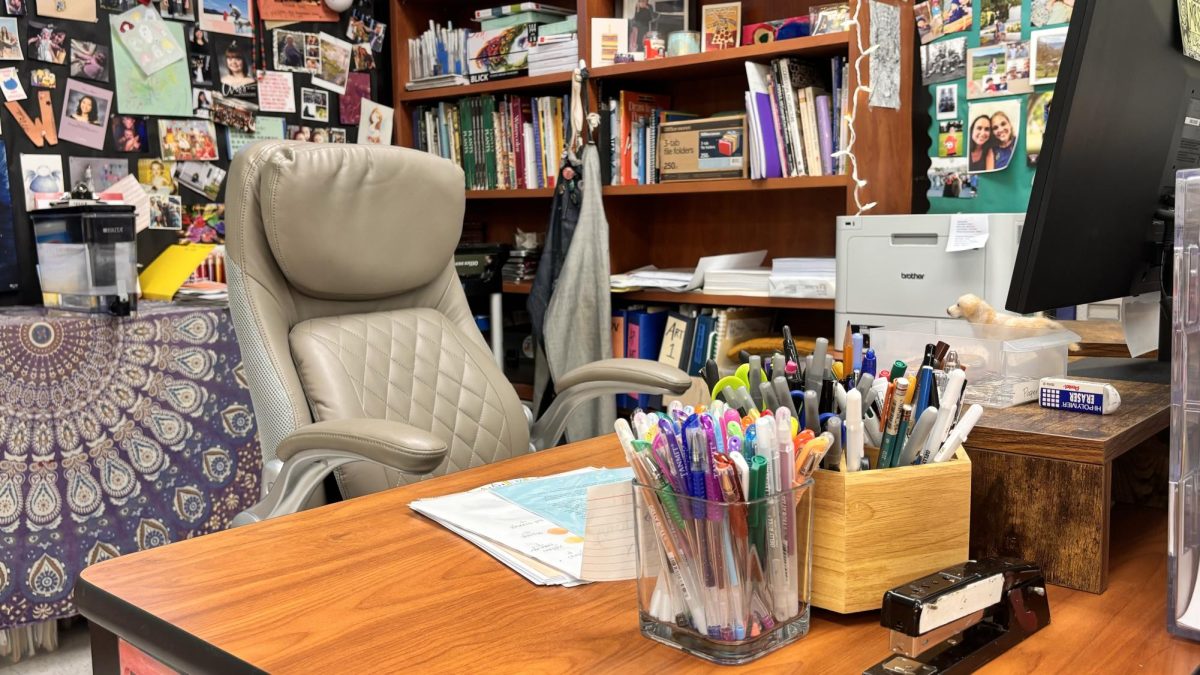The DVHS Language Support Network is a newly established program launched earlier this year with the goal of providing support for students facing language and cultural barriers.
Jessica Wigginton, assistant principal at DVHS and organizer of the program, shared, “Although there are ways to translate communications between school and home, families expressed the desire to feel more connected to our school community.”
DVHS is known for its highly diverse student body. With an ever-growing community representing various cultural backgrounds, DVHS has become a central hub of international cultures. The DVHS Language Support Network was initiated last year after the English Language Advisory Committee identified a need to better support families who are not fluent in English. The program encompasses a variety of languages, including Arabic, Mandarin, Mongolian, Korean, Gujarati, and Russian. As of now, 9 families have reached out and all of them have been paired successfully with a mentor family. Each family has at least one Dougherty student who is in the English Language Development (ELD) program and they have been assessed on their level of proficiency based on a survey administered in order to provide more details on the support they need.
“So there are three courses. They have a beginning, intermediate, and advanced level. That’s how they’re placed based on an assessment that determines their progress in English,” explained Wigginton.
Currently, DVHS is the only school in the district with a developed language support program. Wigginton has contacted the Assistant Principal, Rhonda Taft, at California High School who supports ELD programs regarding strengthening their language support program and collaborating in the future. By partnering, the goal is to develop a program that can accommodate the students at their school. Since DVHS used to be the main site for language support in the district, students from other schools had to come to Dougherty even if it wasn’t their homeschool.
“We’ve gone away from [having students come to Dougherty] with the expectation that every home site should have a program or classes or the ability to appropriately support students with language needs at their home site.”
Many families have reached out and shared their desires to feel more connected to the school and the community beyond just basic interactions with peers and staff. Worried that families are less involved in school because of the language barrier, this program intends to remove that and encourage more participation in school events with all students and families.
Wigginton pointed out that “students here felt supported and had connections with peers or staff, but the families were expressing the desire to be more involved or feel a sense of community tied to our school.”
Although this program has been successfully implemented, there were many challenges during the development process. For example, it was difficult to validate that the families understood the emails the school had sent out in English. In order to resolve this issue, they collaborated with Trista McCombs, the ELD teacher at DVHS, to help translate the information in order to reach families that weren’t fluent in English.
“That was a barrier where we were sending out the opportunity and not getting families responding or requesting to join, and I think that was because the primary communications were in English,” Wigginton added.
Looking ahead, the language support program is bringing forward some plans for future expansion by partnering with other schools. Sometimes when families reach out with the consent to be paired, there may not be an available placement for them. Instead, their names are placed on a master list, making it easier for pairing in the future when a spot opens up or if another school reaches out. By breaking down linguistic barriers, DVHS is fostering a community that embraces and values diversity.
Wigginton hopes that “in addition to bridging language barriers, mentor families can help foster cultural understanding and connection.”












